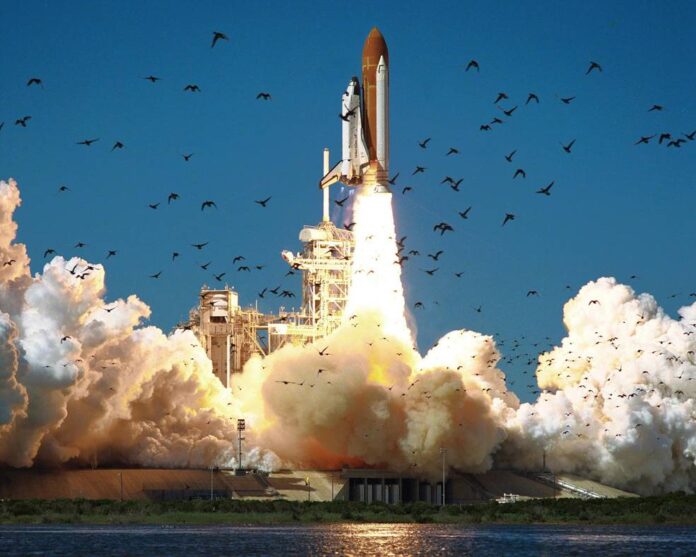Remains of the Challenger space shuttle that exploded in 1986 were found by chance years later.
Many years ago, a piece of wreckage from the Challenger disaster was found by chance during a different investigation.
A documentary crew looking for a World War II-era airplane wreckage discovered a more modern wreck instead. After reviewing the footage, NASA confirmed that the underwater debris filmed off the coast of Florida was from the disastrous final flight of the Challenger space shuttle, which killed seven people.
Divers working on the documentary noticed a sizeable manufactured object partially covered with sand on the seabed. It was of modern construction, including eight-inch square tiles commonly used in the shuttles’ thermal protection systems. This gave crew members a clue that the debris might be NASA-related, and they contacted the space agency, which reviewed the images and confirmed the find. NASA said it was examining how to take additional measures concerning the debris.
The tragic Challenger flight took off on January 28, 1986, and was destroyed by an explosion just 73 seconds into its journey. The launch was broadcast live on national television, and the unspeakable tragedy left such a deep impression that many still remember precisely where they were when it happened. Six crew members and school teacher Christa McAuliffe died due to the explosion or impact. McAuliffe had been selected from more than 11,000 applicants for NASA’s Teacher in Space project.
In addition to McAuliffe, Commander Francis R. “Dick” Scobee, pilot Michael J. Smith, specialists Ronald E. McNair, Ellison S. Onizuka, Judith A. Resnik and payload specialist Gregory B. Jarvis. In 2018, the ISS astronauts completed the science lessons McAuliffe had planned for the trip.
An investigation into the explosion found that O-ring seals in solid rocket booster segment connections had hardened from unexpectedly cold temperatures the night before. Despite the concerns of engineers at O-ring manufacturer Morton Thiokol, the company’s management offered a proposal for the launch. The tragedy ultimately suspended the space shuttle program for 32 months and led to the creation of the agency’s Office of Safety, Reliability and Quality Assurance.
“It has been nearly 37 years since seven daring and courageous explorers lost their lives aboard Challenger, but this tragedy will forever remain in our nation’s collective memory,” NASA Administrator Bill Nelson said in a statement. January 28, 1986, still seems like yesterday for millions of people around the world, including me. This discovery gives us an opportunity to pause once again, to lift up the legacy of the seven pioneers we lost and to reflect on how this tragedy has changed us. At NASA, the core value of safety is, and must forever remain, our highest priority, especially as our missions explore the cosmos like never before,” NASA spokesman Dr. John, NASA Administrator for the Space Agency, said in a statement.

